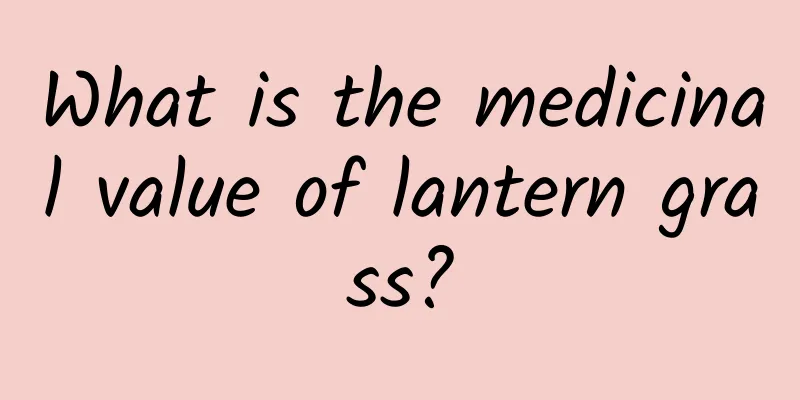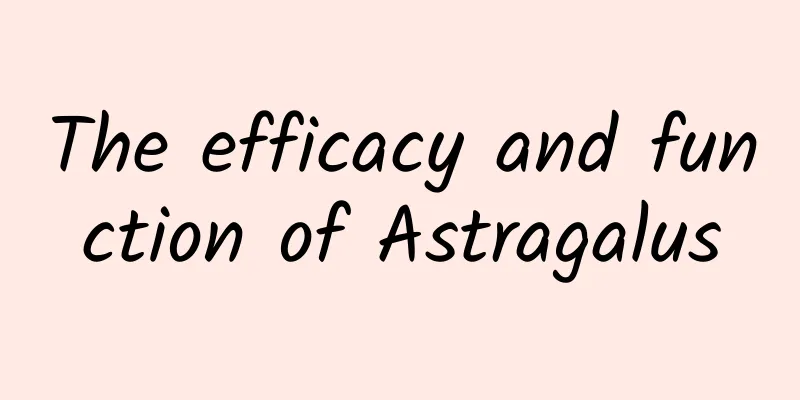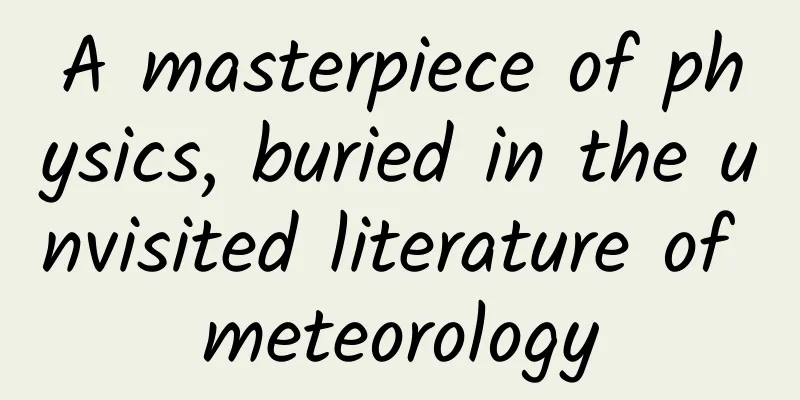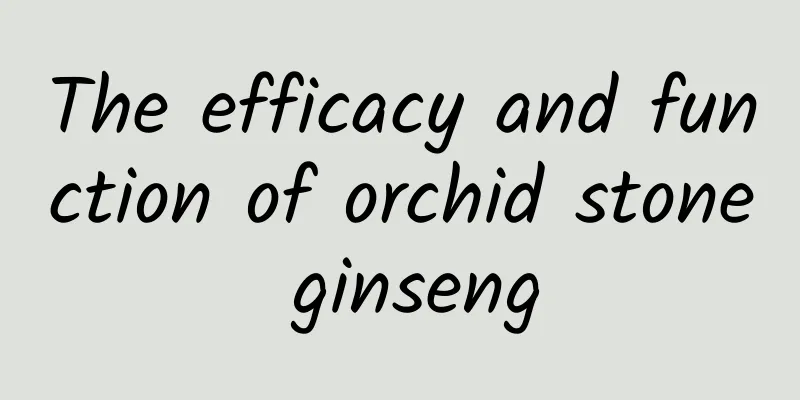What is the medicinal value of lantern grass?

|
Speaking of lantern grass, many people may not have heard of it. In fact, strictly speaking, the so-called lantern grass is a common herb, and in essence, it is also a Chinese herbal medicine. Since it is a Chinese herbal medicine, lantern grass must have certain medicinal value. So what kind of medicinal value does the so-called lantern grass have? After carefully reading the introduction of the article below, you will definitely know the answer. The whole plant is used as folk medicine to treat functional uterine bleeding, cholecystitis, icteric hepatitis, cold headache, abdominal pain, infantile malnutrition, conjunctivitis, bruises, sores, skin sores, snake and rabies bites, rotten feet, rotten head and hemorrhoids. [Original form] Annual herb, 30 to 90 cm tall. The stem is erect or spreading, with fine ridges and short hairs. Single leaves are alternate, or 2 leaves are clustered; ovate to rectangular, 3.5-10 cm long, 2-5 cm wide, with short pointed tip, slightly cordate or oblique base, shallowly wavy or sparsely serrated edge, green above, light green below, with short pubescence on veins on both sides, denser below; petiole 7-25 mm long, covered with short pubescence. Flowers solitary on leaf pus; pedicels 4-5 mm long, with short hairs; calyx green, bell-shaped, 5 shallowly lobed, 3-4 mm in diameter, with 5 ridges on the surface, with short hairs; corolla yellow, short tubular, about 5 mm long, 5 shallowly lobed, lobes round, inner throat purple; stamens 5, filaments yellow, bluish purple, extending outside the corolla; pistil 1, ovary superior, 2-chambered, style light yellow, stigma green, round. The berries are round, about 1 cm in diameter, and yellow; the persistent calyx swells into a lantern shape when fruiting, surrounding the berries but separated from the fruit. Flowering period is from June to July. The fruiting period is from September to October. [Habitat distribution] Grown in fields, roadsides and village edges. There are branch cities in various parts of the country, both north and south. 【Chemical composition】 The root contains organic acids, amino acids, flavonoids, phenols and sugars. The leaves contain chlorogenic acid. The fruit is rich in carotene, and contains 89.55% water, 2.01% nitrogen, 0.28% fat, 3.51% sugar, 0.69% cellulose, 0.78% ash and 0.56% organic acid. Every 100 ml of the juice contains 40 mg of ascorbic acid and 2.6 mg of carotene. The fruit shell contains potassium chloride, potassium citrate, phytosterols, as well as unsaturated fatty acids such as oleic acid, linoleic acid, linolenic acid and saturated fatty acids. In addition, it also contains 0.03% amorphous glycosides, tannins and reducing sugars. The seeds contain 6.28% semi-drying oil, which is composed of elaidic acid, oleic acid, linoleic acid, palmitic acid, stearic acid, arachidic acid, etc., but linolenic acid was not found; a sterol was also separated. 【Nature and flavor】 ① "Luchuan Materia Medica": "sweet and mild, slightly cold." ② "Nanning City Pharmacopoeia": "bitter, cold, slightly sweet." 【Functions and indications】 Clears away heat, promotes qi circulation, relieves pain and reduces swelling. Treat colds, mumps, sore throat, cough, abdominal distension, hernia, and pemphigus. ① "Luchuan Materia Medica": "It promotes qi circulation, relieves bloating, and promotes urination. It treats abdominal distension, orchitis, and hernia." ② "Nanning City Pharmacopoeia": "It can clear away heat, kill parasites, relieve pain and reduce swelling. It can treat hot eyes, sore throat and cough; it can be applied externally to treat poisonous sores and fumigate and wash scrotal swelling." ③ "Handbook of Herbal Medicine": "It can be taken internally to treat typhoid fever or intestinal hernia. It can be used externally to treat pemphigus." ④ "Chinese Medicinal Plants Illustrated Guide": "It has the same function as Physalis." ⑤ Guangzhou Air Force "Common Chinese Herbal Medicine Handbook": "Treats colds, fever, mumps, bronchitis, herpes, furuncle, hernia pain." [Usage and Dosage] For oral use: decoct in water, 3 to 5 qian. For external use: mash and apply or decoct in water for washing. Generally, the whole part of the lantern grass can be used as medicine. This medicine can not only treat cholecystitis, but also has a certain therapeutic effect on common colds, headaches, abdominal pain and other diseases. In addition, lantern grass can also be used to treat bruises, skin ulcers, etc. Finally, for women with uterine bleeding, taking lantern grass also has a certain therapeutic effect. |
<<: What are the pros and cons of winter melon lotus leaf tea?
>>: What is the medicinal value of tung flowers?
Recommend
The efficacy and function of the root of the red car messenger
I don’t know if you are familiar with the root of...
Magic! I saw another color out of thin air
Complementary colors are also called complementar...
Can Chinese yam treat eczema?
Eczema is actually a common skin disease, because...
The efficacy and function of corn bracts
Corn bract is a medicinal material frequently use...
The efficacy and function of hollow flower
There are so many medicinal herbs in the world, a...
The efficacy and function of borax
As we all know, borax is a very common medicinal ...
The efficacy and function of lice grass flower
Liceflower is a very common Chinese medicine in o...
Tennis elbow doesn't just affect tennis players, but also barbecue chefs? Explanation of lateral epicondylitis
Author: Yao Shiyi, postdoctoral fellow at Ruijin ...
The efficacy and function of Lepidium ovatum
The ovalileaf fern is a commonly used medicinal m...
After 23 years of deciphering the “Book of Life”, can humans finally solve the mystery of aging?
Scientists have long been exploring the mysteries...
The efficacy and function of small blood vine
Recently, major TV channels have launched various...
The efficacy and function of Taiwanese potato cardamom
Taiwanese cardamom is a medicinal material that i...
What are the medicinal values of aloe vera
Many people in our lives are familiar with aloe v...
The efficacy and function of mountain cinnamon
Speaking of cinnamon bark, many people know that ...
Please set your alarm, Mars will go retrograde at the end of the month!
October 30, 2022: The red planet Mars begins to m...









